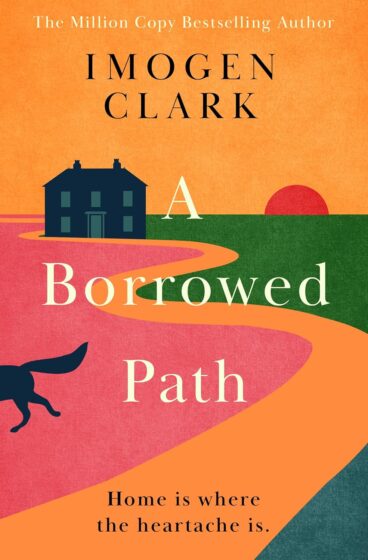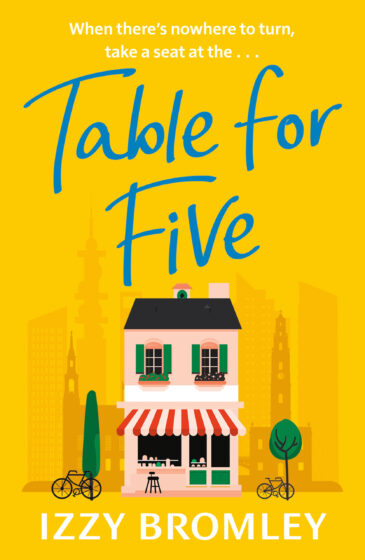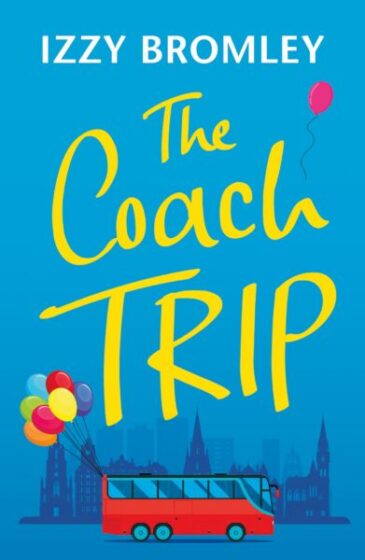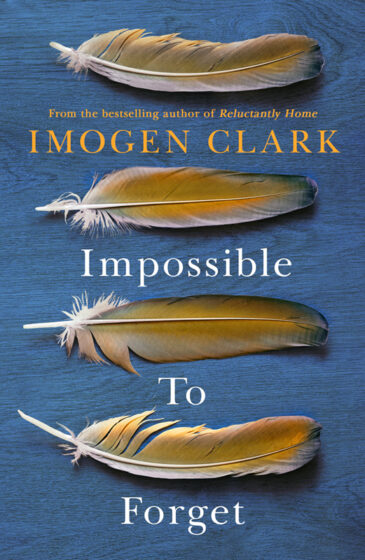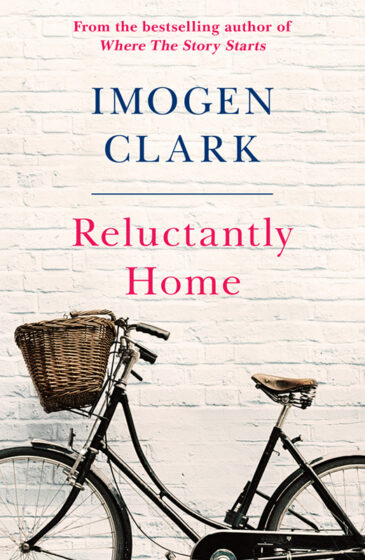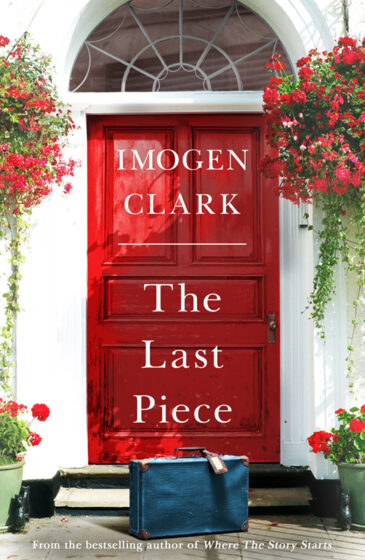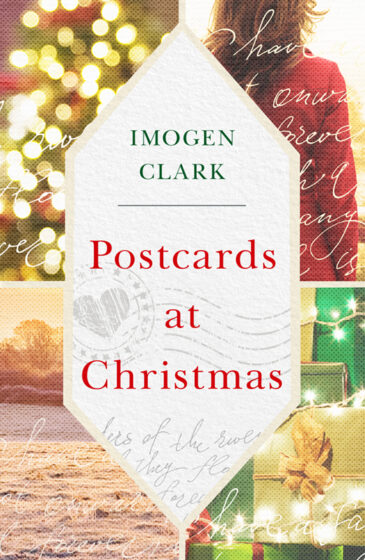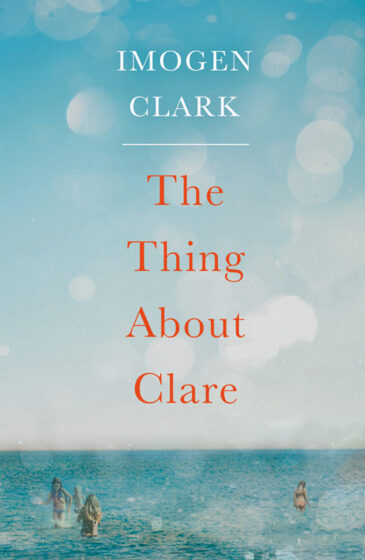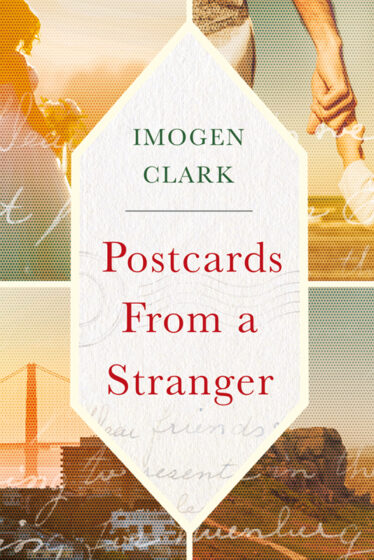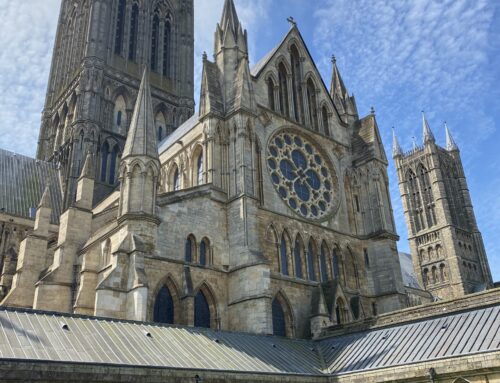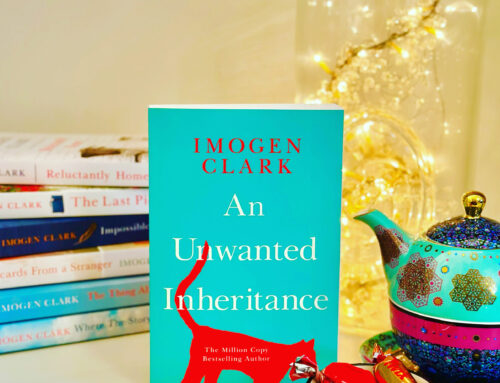
For Writers…
Choose a setting
Imagine that you’ve read a really great book but you can’t remember the title. It happens to me all the time, especially when I read digitally and have no visual memory of the cover. So, you go into a book shop and try to describe it to the bookseller…
‘It’s the one about the woman and man who fall out of love and then make up.’
Blank look.
‘You know, where he used to be a banker but dropped out to go and save the rain forests.’
Bookseller shakes head.
‘Oh, you must know the one I mean. It’s set in a lighthouse off the coast of Coast Rica.’
Bookseller scurries to shelf and finds book.
Of course, that is a ludicrous example, but it makes my point. The thing that made the book memorable to the bookseller was not the plot or the characters but the setting. This is because it’s the setting that takes a reader deep into the world of a novel, creating those vital visual images that allow them to travel with the protagonist. Whether a story is set in the heart of the Amazon jungle, a post-apocalyptic landscape, or on one street in London, the way that setting is described can make all the difference to your reader’s experience.
How about this example. A love story might be memorable, but a love story set on the French Riviera is likely to stay with your reader longer. An open top car, a silk headscarf, some over-sized sunglasses and a picnic hamper. Driving along the coast road with the Mediterranean lapping on the sand, the sultry heat of the day just starting to drop. Yachts nestling into the harbour, the constant clicking of halyards hitting the masts.
Can you picture it, feel the sun’s warmth on your skin, taste the anticipation of what is about to happen? Yes, me too!
All this detail helps your reader to drop deeper into your story, which means that they enjoy it more and will then want to seek out your other books. Result!
Obviously, descriptions like this one are kind of generic. They give your reader a feel for where the story is set so they can use their imagination and experiences to fill in the blanks, making the story richer for them.
Alternatively, you can be more specific and use an actual place. This is how I like to work. I tend to pick an actual place to set my books in for two reasons.
Firstly, if I have a visual image of somewhere in my head then it makes it much easier for me to write the descriptive passages. If I can envisage the house where my characters live then their movements both inside and around it become clearer. I never actually name the street, of course, but I know exactly where the house is and I have generally found a floor plan of the actual house or something similar online.
The second reason is that I get to go on research trips!
My first novel Postcards From A Stranger is set in my home town of Ilkley. In the first draft however, I had fixed the book in some vague town in the north of England, hoping that the reader would pick up enough of the atmosphere from my stock descriptions. I should have known better. My writing buddy had already commented that the few scenes set in San Francisco (a place I had recently visited and could describe in vibrant detail) were “just so easy to picture.” It was obvious I needed to rethink.
What wasn’t so clear was how to go about improving the sense of setting. Should I invent an entirely new town based loosely on one I already knew? Should I ground the story solidly in a place where the reader could trace my character’s steps, should they so choose? Was I aiming for a fictional place like Val McDermid’s Bradfield or a real location such as Ian Rankin’s Edinburgh? While I had experimented with both options — my books for young teenagers are set in a fictional suburb of North London — I decided that in this case, I needed the place to be real.
Picking a real setting gave me the advantage of being able to easily visualise where the action was taking place. This meant that in writing the descriptions, I had not only my memory but also photos from the internet to rely on, and if I got really stuck, I could always just wander up to town and have a look.
Once I had decided to set my novel in Ilkley, the challenge of representing local businesses and landmarks came up. The train station was easy enough — I even learned that it was the last British Rail station to be lit by gas (until 1988 apparently). Bars and coffee shops were trickier: did I use ones that are really there or invent generic ones? Should I mention them by name? Betty’s Tea Shop, for example, is well-known and features in novels by Kate Atkinson and Robert Galbraith, amongst others.
In the end, I decided to use real places with clear descriptions (so that the reader could identify them should they so choose), although I didn’t go so far as to give their actual names. I have also used the settings as part of my marketing strategy, tagging the real venue in my tweets, etc. I even had my launch party in a local bar that features in the story and read the scene that was set there to my audience. One of the coffee shops featured retweeted a description of the place taken from the novel, and they were happy to display some advertising postcards that I had printed.
But I had to remember to see my hometown through my character’s eyes and not mine.
Ilkley is a pretty place and nestles snuggly in the Wharfe Valley with moors rising up on either side. It is genteel, having been a Victorian Spa town once upon a time. There are cherry blossom trees, fairy lights, and Farrow and Ball shop fronts, and it attracts thousands of visitors every year because it makes a lovely place for a day trip.
But, this is not the side of the town that I wanted to portray in my book. In the novel, my protagonist, Cara, is trapped in Ilkley, forced to care for her terminally ill father whilst her elder brother escapes to London. The twee parts of the town — the areas that attract the tourists — mean nothing to her. Instead, she (and therefore the reader), focus on the darkly ominous moor that rises up like a shadow behind her house. The Ilkley of the book is a dank place where the sky remains resolutely grey. Back in the real world, the sun does occasionally shine in Yorkshire, and I had pangs of guilt at drawing such a bleak picture of my hometown. But I had to remember that I had to see it through Cara’s eyes, and not my own.
Of course, your story doesn’t need to be set in a real place just as long as your descriptions are consistent and evocative. Depending on what genre you write in, you may wish to invent a whole new place. I have a book, unpublished as yet, which is set on an entirely fictitious island in the Orkneys off Scotland. The island is an amalgam of other Scottish islands, but I am never going to infuriate my readers by getting something wrong because it is entirely imaginary. I did draw a map though, with roads linking the places up and I knew exactly where each character lived and in what kind of house. All great fun.
If you write in other genres, the world in which your story is set may be plucked entirely from your head. It may not even be based on Earth. The possibilities are only limited by your imagination. What is important, however, is that your reader can picture where the action is taking place in their mind’s eye.
Your settings may even become almost like a character in your book – think of the moors in Wuthering Heights or Hogwarts in Harry Potter. There are articles online about how to actually make your settings like a character with its own history, motivation and story arc. This is taking things a little bit far for me, but you can maybe see the advantage of at least having the place fleshed out enough that it helps to form the plot.
And don’t forget that the setting is not just the geography of your book. It covers the internal scenes as well and you can use the rooms your character inhabits to drop clues about who your characters are, the lives they lead, and what makes them tick. Is their home cramped or spacious? Is each surface piled high with souvenirs of their past lives or wiped clean of anything that might give something away? What kind of pictures do they hang on their walls? Are there dirty, abandoned coffee cups on the table or do they keep their dishes clean? These are the details that set the scene and tell your reader something about who they are dealing with.
So, you can see, I hope, that the more detailed you make your setting, the richer your story becomes and that is what we, as writers, are all shooting for.
Still got questions about me? Then please join me on my Imogen Clark Author Facebook page, on Instagram and Twitter. Join my Readers’ Club to keep up to date with behind the scenes of my life and work and exclusive offers. In the end, please get in touch whichever way suits you best.


